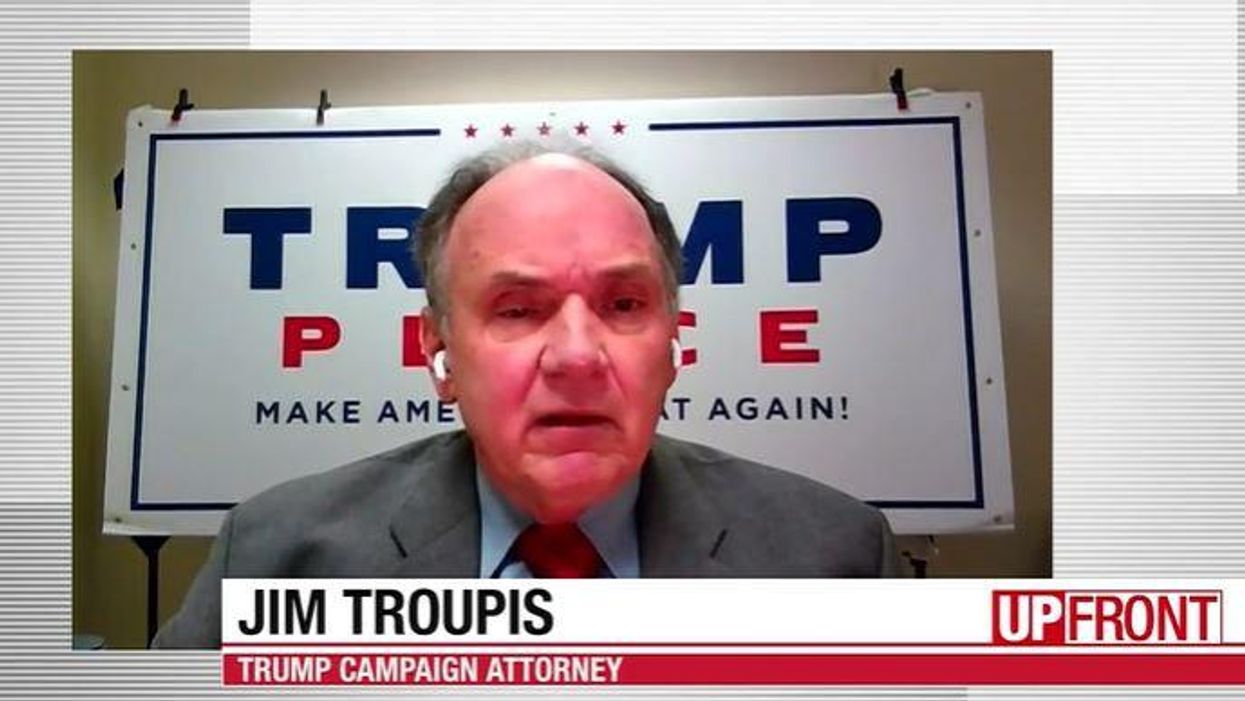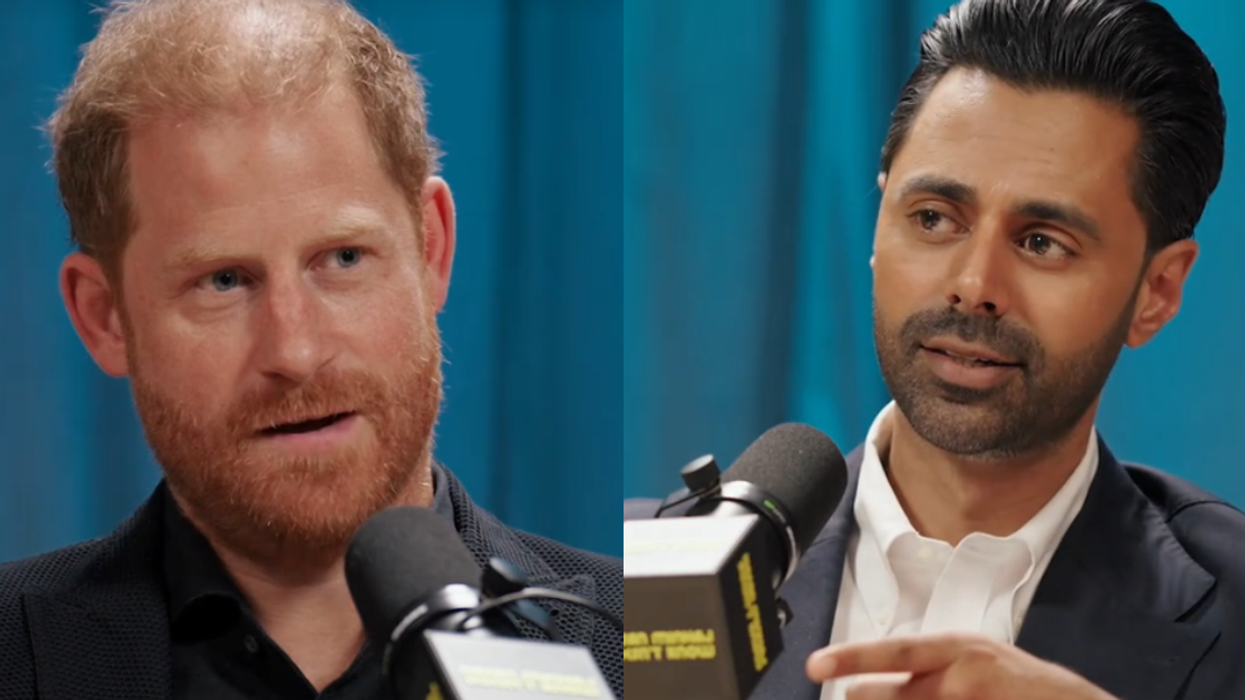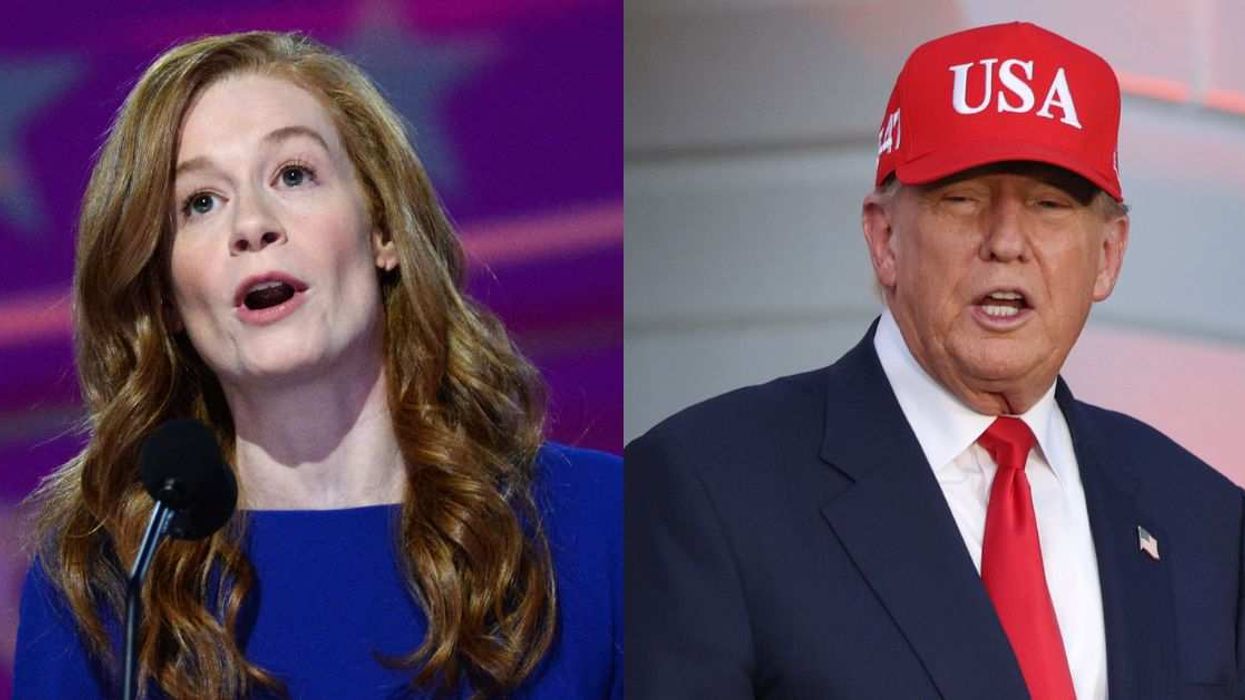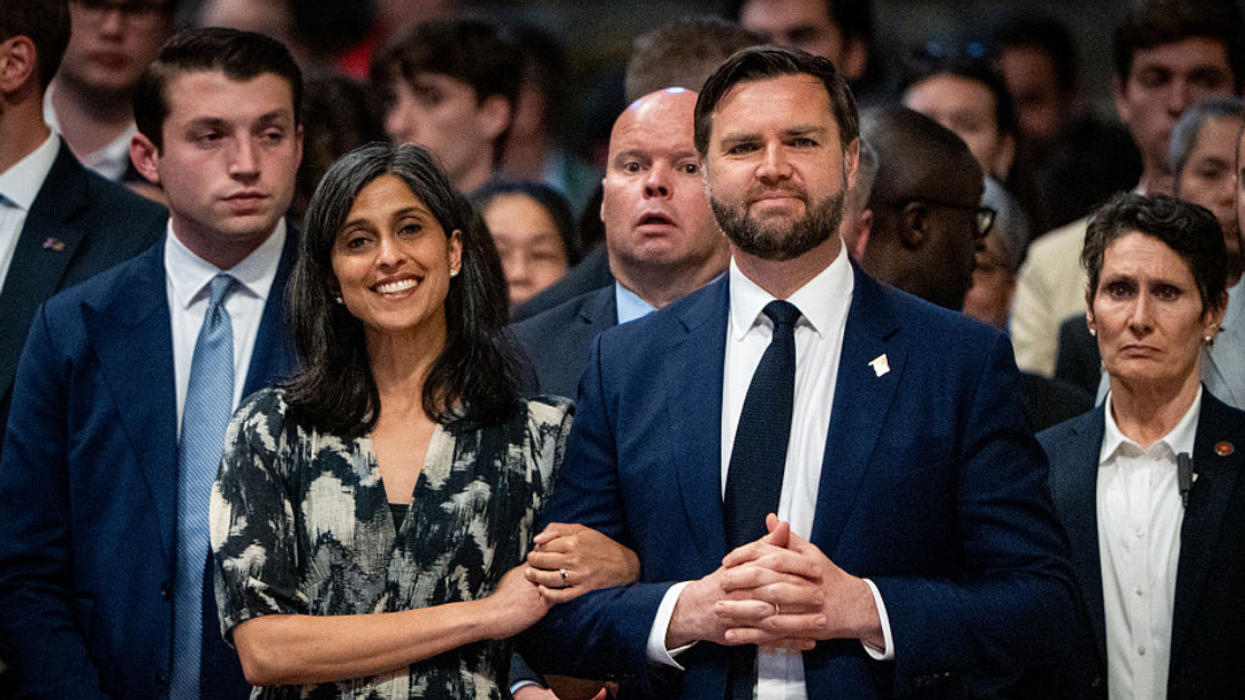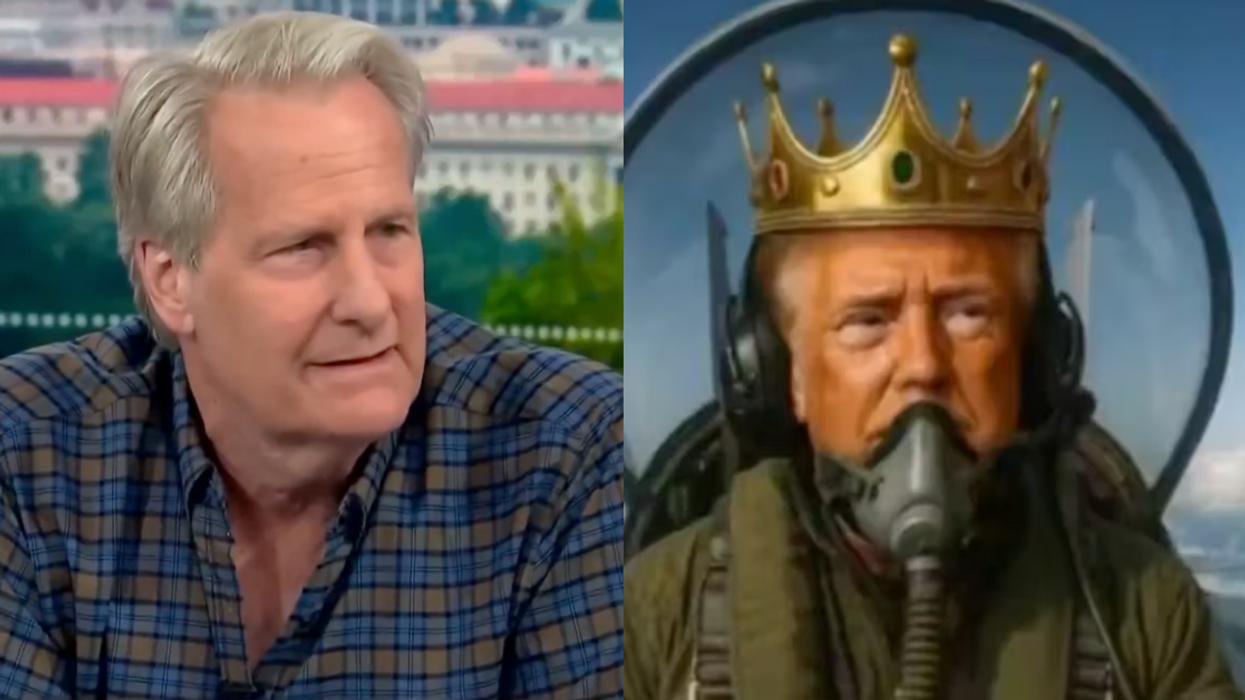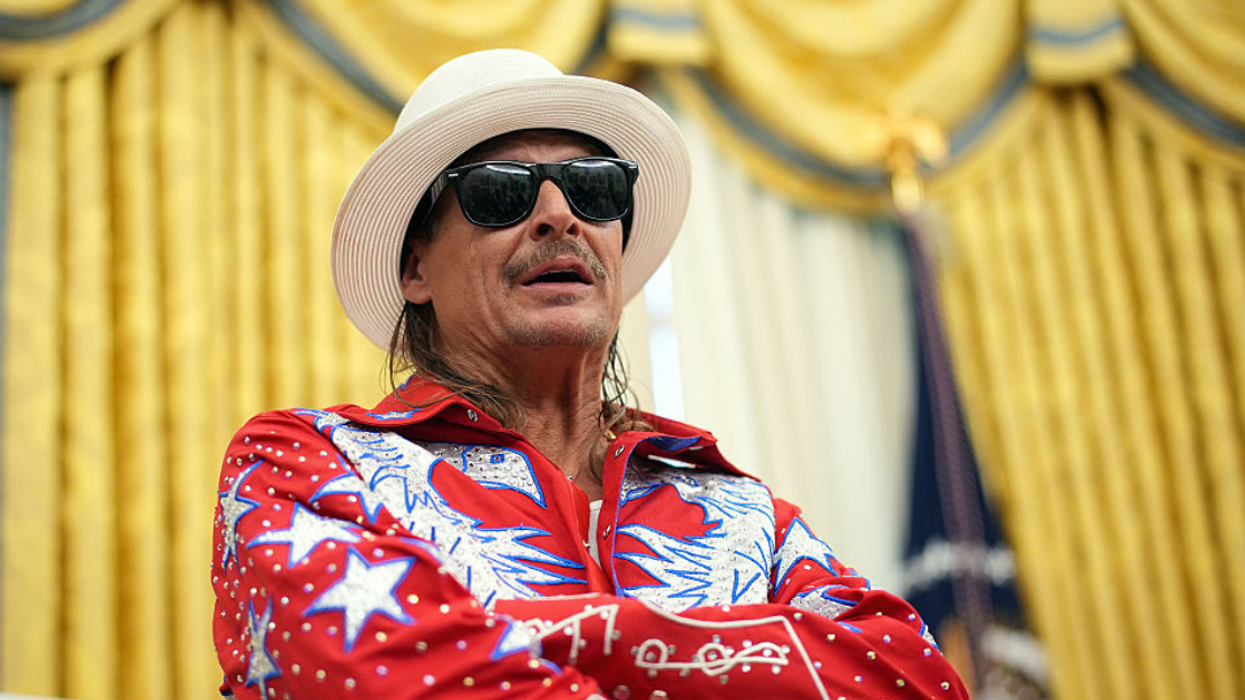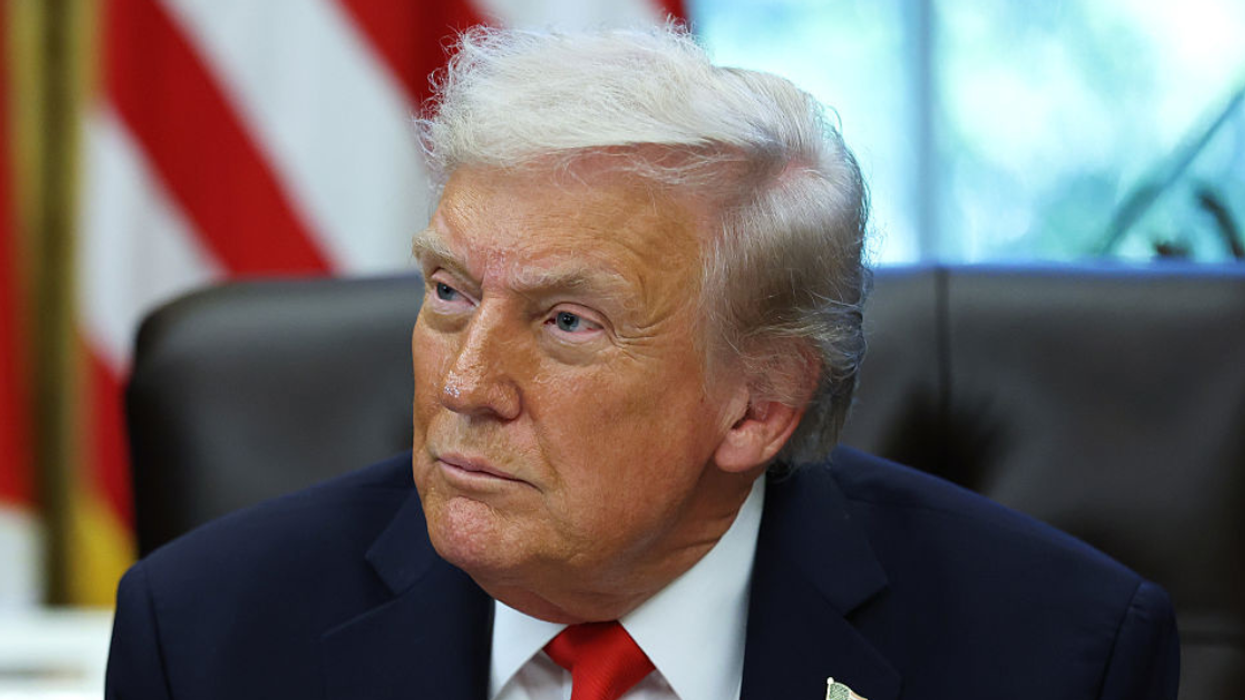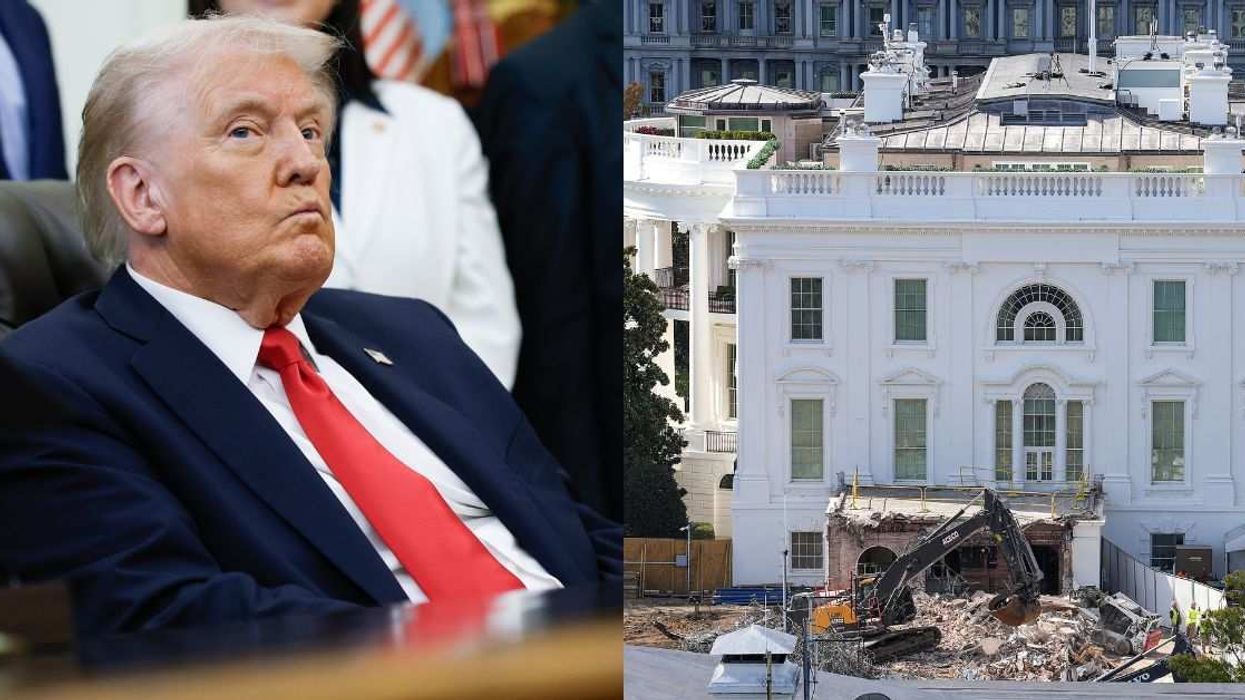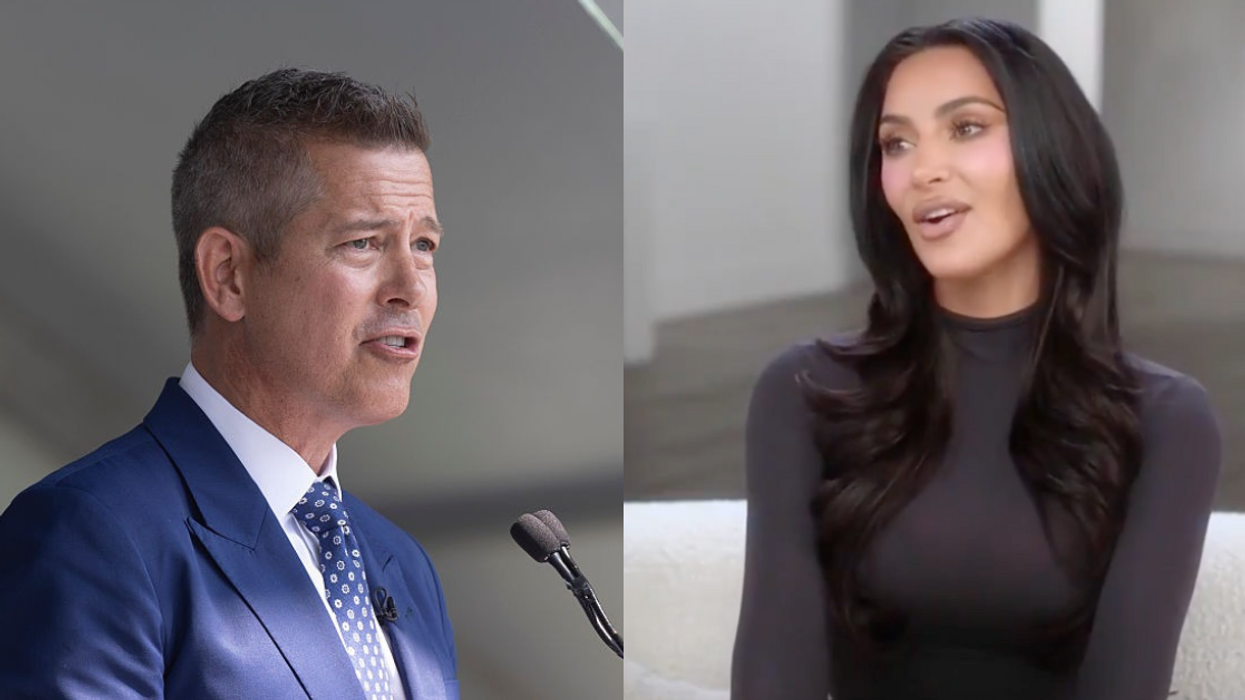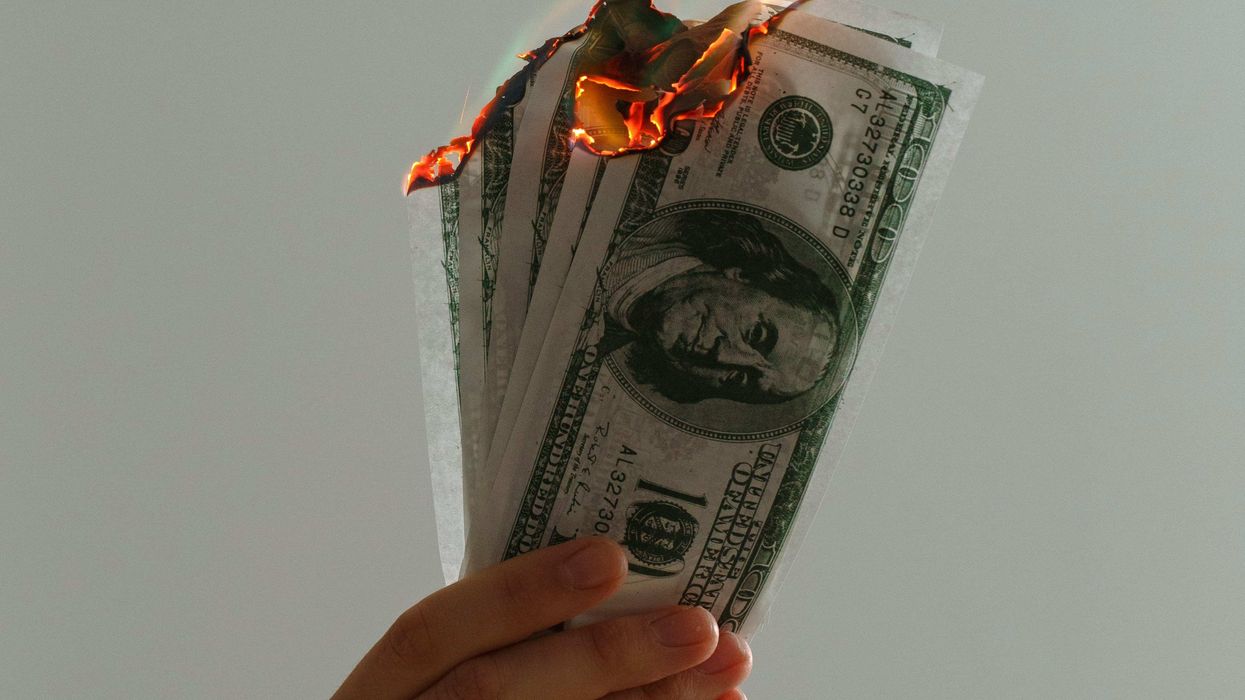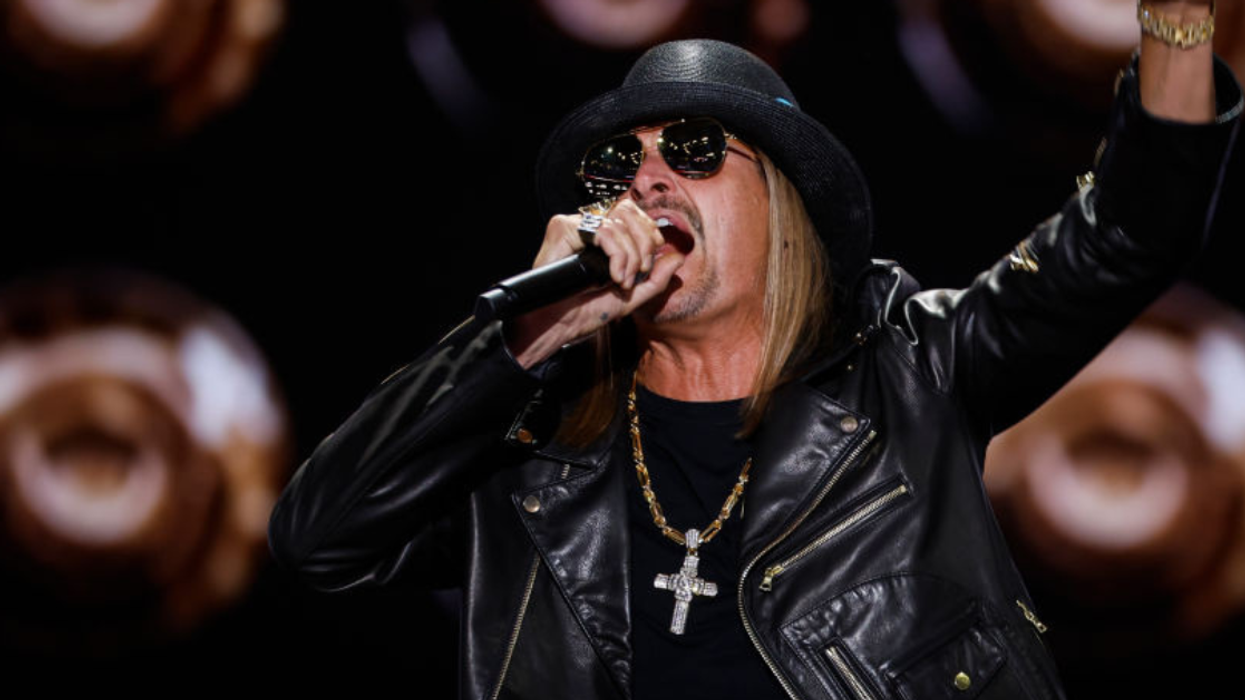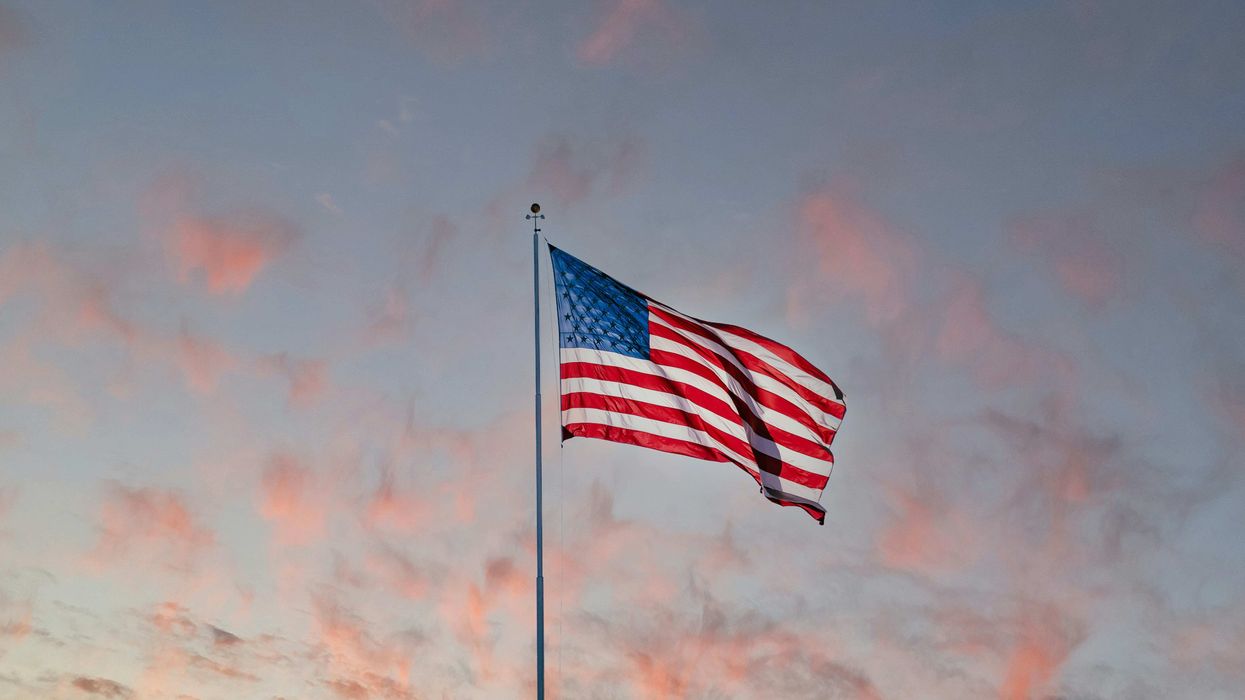The New York Times broke a major story this week that sheds significant light on the origin of the multi-state conspiracy to send to Congress “alternate” slates of electors, none of them real, so that Mike Pence could declare the election for Donald Trump or otherwise throw it to the House of Representatives where the GOP held the advantage.
Back in November of 2020, while challenges and recounts were still underway in Wisconsin, a lawyer for the Trump campaign, James R. Troupis, received a memo entitled “The Real Deadline for Setting a State’s Electoral Votes.” The memo, authored by another lawyer named Kenneth Chesebro, essentially argued that none of the statutory dates set forth in the Electoral Count Act—not the “safe harbor” date of December 8 nor even the Electoral College vote date of December 14—really mattered. The only date that mattered to the Trump campaign was the final date of January 6, 2021. In Chesebro’s view, it was imperative to get Wisconsin’s Trump-Pence electors to meet on December 14 to cast their votes and send the alternate certifications to Congress in time for them to be “counted.” As the Times noted, this “became the rationale for an audacious strategy: to put in place alternate slates of electors in states where President Donald J. Trump was trying to overturn his loss.”
The memo is notable because its themes and strategy align with the infamous “Eastman coup” strategy that relied upon states sending in competing slates of electors so that Vice President Mike Pence could act extra-constitutionally and overturn the election by decree. The memo was followed by a second memo dated December 9, 2020, from Troupis back to Chesebro, which laid out in detail how each of the alternate slates would need to act in each swing state in order to be “eligible to be counted.” This state-by-state breakdown even included where the electors would need to be physically when they “cast” their fake votes, as well as how to account for any vacancies from no-shows.
In short, Troupis apparently was very interested in getting all the niceties and formalities correct when it came to launching the effort to illegally overturn the election.
The truly astonishing aspect of these memos is how tortured the legal arguments had grown to attempt to justify convening slates of electors who had not been certified as elected. The November memo so much as acknowledges this, noting,
“It may seem odd that the electors pledged to Trump and Pence might meet and cast their votes on Dec. 14 even if, at that juncture, the Trump-Pence ticket is behind in the vote count, and no certificate of election has been issued in favor of Trump and Pence.”
“Odd” is a massive understatement. An even “odder” notion was having fake electors gather on Dec. 14 when a certificate of election has already been issued in favor of Biden and Harris, as it was weeks before in Wisconsin, and still have them proclaim they were “duly elected.” when they demonstrably were not.
In Wisconsin (where Troupis practices) the statutory authority for appointing and certifying electors is spelled out clearly in Wis. State Sec. 7.70(5)(b):
“For presidential electors, the commission shall prepare a certificate showing the determination of the results of the canvass and the names of the persons elected, and the governor shall sign, affix the great seal of the state, and transmit the certificate by registered mail to the U.S. administrator of general services.”
Troupis and Chesebro were aware of this provision when they helped organize an “alternate” slate in Wisconsin and other states long in December. The November memo even cites Section 7.70(5)(b) in Footnote 5, but then bafflingly (and ironically) dismisses it as a “ministerial duty” that only occurs when a certificate of election has already been issued once all post-election recounts and legal proceedings have reached finality—which is precisely what happened in Wisconsin long before the false electors met.
Under Wisconsin law, the statutory recount process is the sole means by which to challenge the results of a presidential election, per Wis. Stat. Sec. 9.01(11). The Trump campaign petitioned for just such a recount, tellingly limiting it only to the heavily Black counties of Milwaukee and Dane. That recount, which was completed on November 29, 2020, actually expanded Biden’s lead. Wisconsin certified its election results on November 30, 2020 after the votes were counted, recounted, and canvassed under Wisconsin law. Biden had won the state by some 20,000 votes.
The Trump campaign, through its attorney Troupis, sought judicial review of the recount on an expedited basis, including an appeal up to the state Supreme Court. On the morning of December 14, 2020—the day the electors were set to meet—the Wisconsin Supreme Court, in the case of Trump v. Biden, affirmed the circuit court’s rejection of the Trump campaign’s challenge to the recount. Two of the justices even called out Troupis for seeking only to invalidate votes in two of Wisconsin’s 72 counties, focusing on the “most nonwhite, urban” parts of the state. Justice Jill Karofsky admonished Troupis outright during the hearing on December 12 that his lawsuit “smacks of racism.”
The election was over, again.
But that didn’t stop the Trump campaign’s plans around the fake electors, who by this point had no colorable claim to being the “duly elected and qualified” presidential electors for the state of Wisconsin. Troupis had assured in his December memo that “voting by an alternate slate of electors is unproblematic” in the state of Wisconsin because they need only “meet at the state capitol” and “any absent elector may readily be replaced.” But he said nothing about how the Biden electors had already been certified more than a week earlier. Nor did he caution that the “alternate” electors in Wisconsin really ought to qualify their “certification” by saying, as electors in Pennsylvania did, that they would only be the true electors if a court were to so rule. He also knew at the time he drafted his memo that the Wisconsin Supreme Court, per his own request for an expedited ruling, likely would confirm the state’s results before the electors met, which is again precisely what happened.
In sum, Troupis appeared to be so driven to ensure that the Wisconsin false slate of electors be ready to go on January 6 when the counting in Congress began that he ignored Wisconsin law, his own legal team’s research and memo, and the Wisconsin Supreme Court by advising the “alternate” slates nevertheless to convene and send Congress their fake certificates. Moreover, he extended this twisted ploy to other states, researching the procedural requirements for convening electors without regard to the stone-cold fact that the electors were entirely illegitimate in each of the other states, too. (It isn’t clear why or at whose direction Troupis was involved with researching the procedural requirements for other states’ electors.)
The actions by GOP “electors” in Wisconsin and those who advised them is now the subject of requests for further investigations by the Milwaukee County District Attorney, the state Attorney General, the Wisconsin Elections Commission, and the Wisconsin Office of Lawyer Regulation.
For more political analysis, check out the Status Kuo newsletter.

